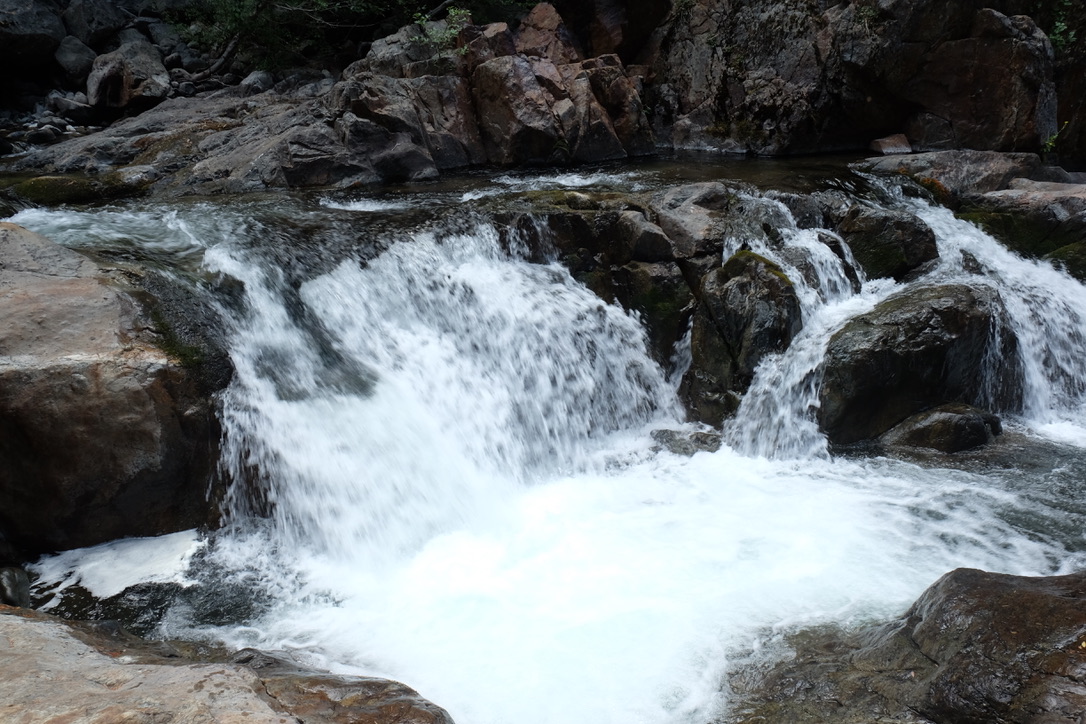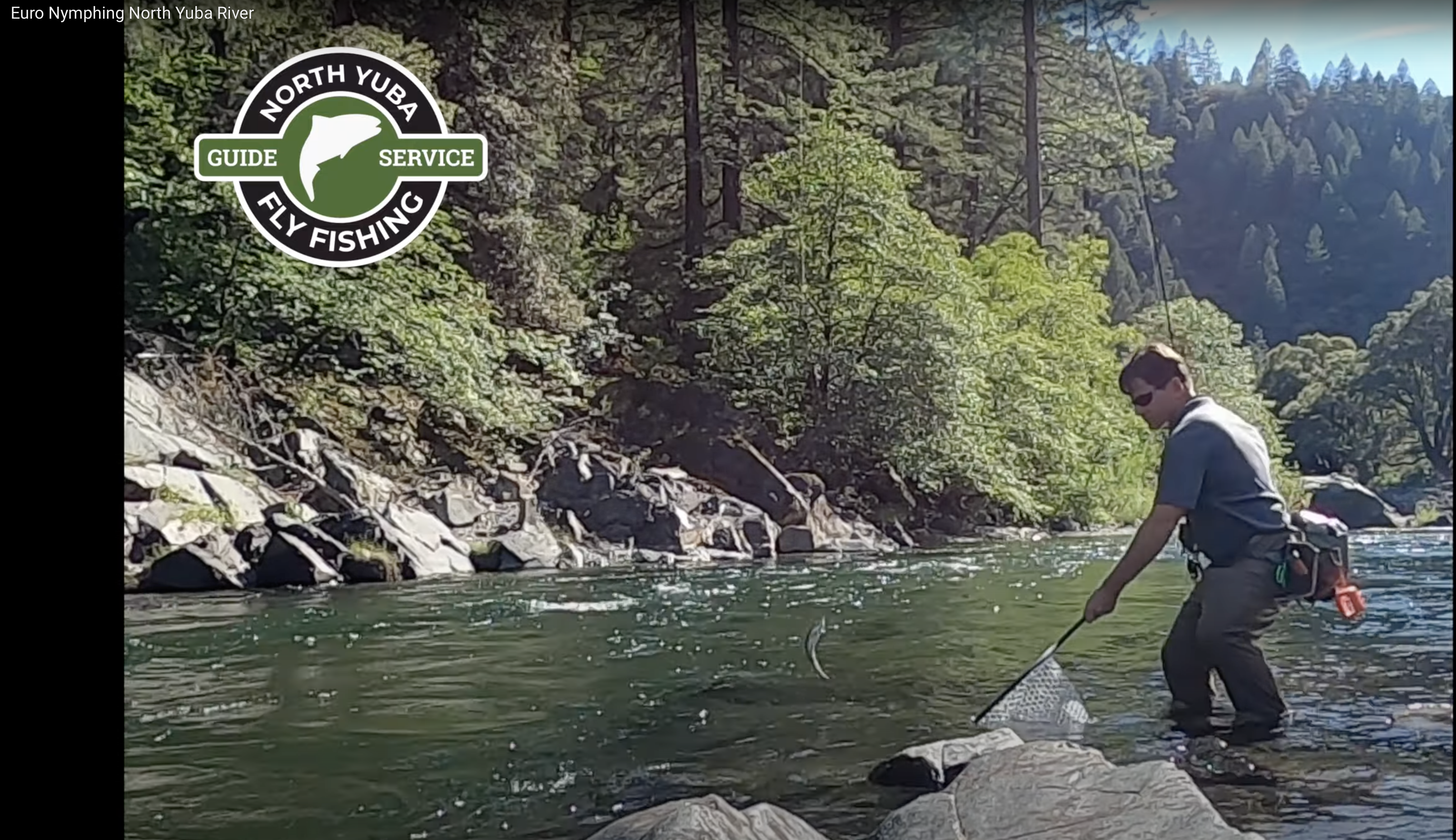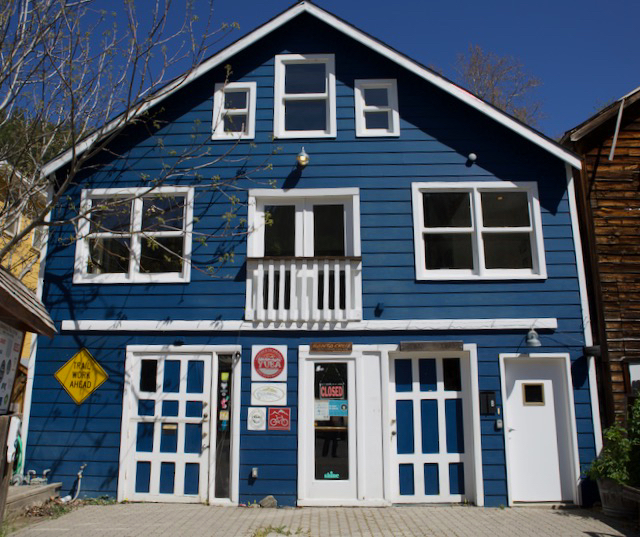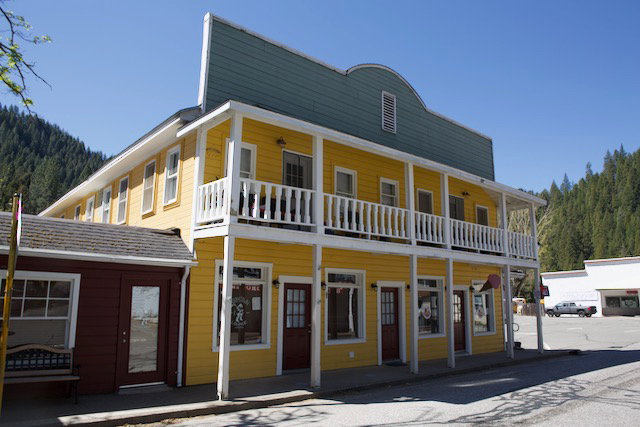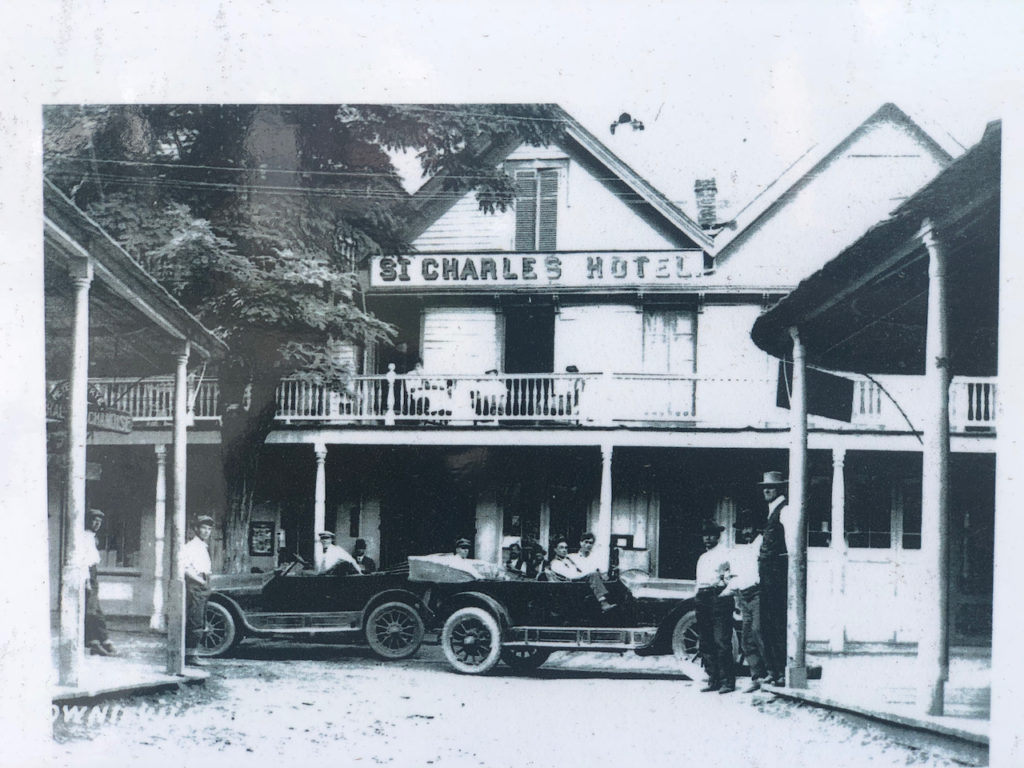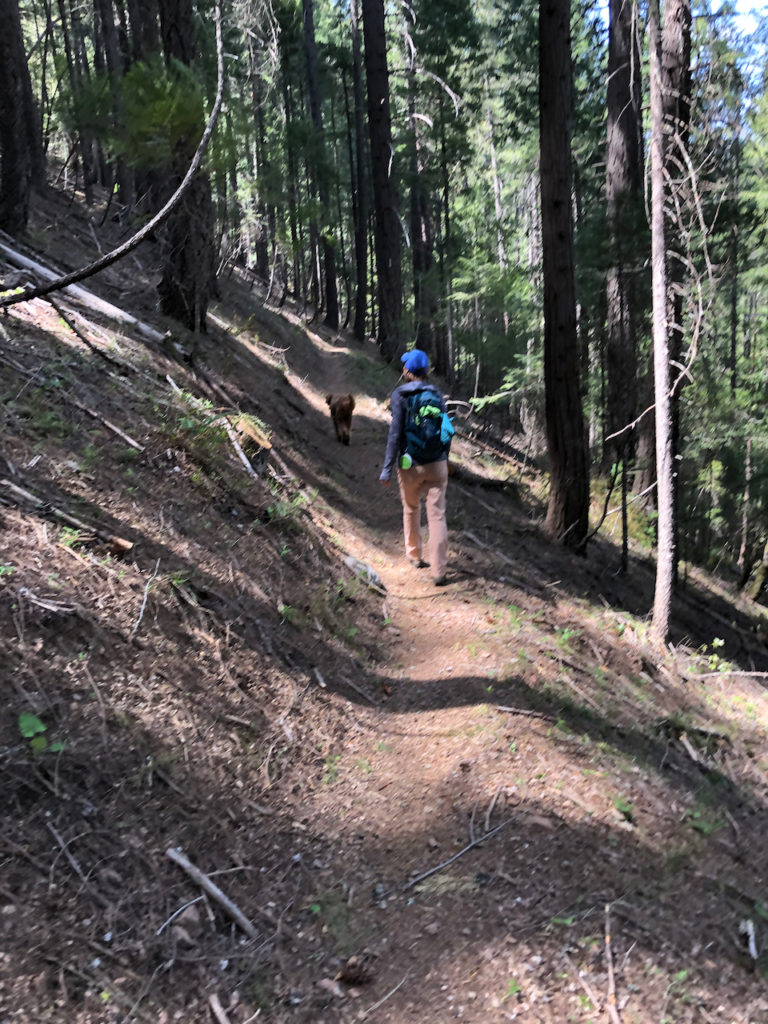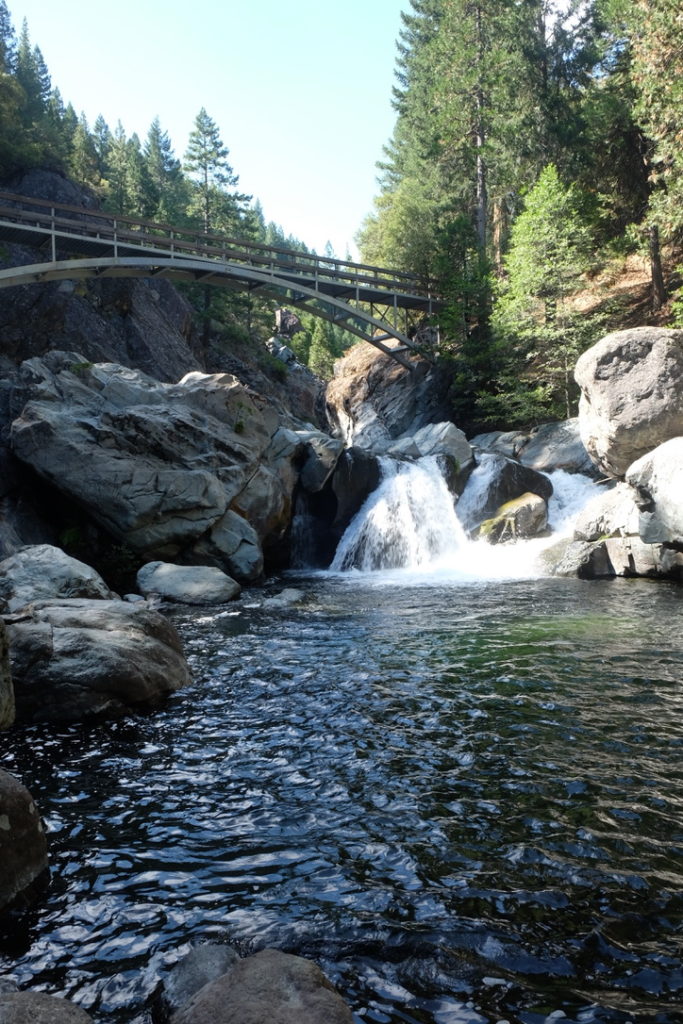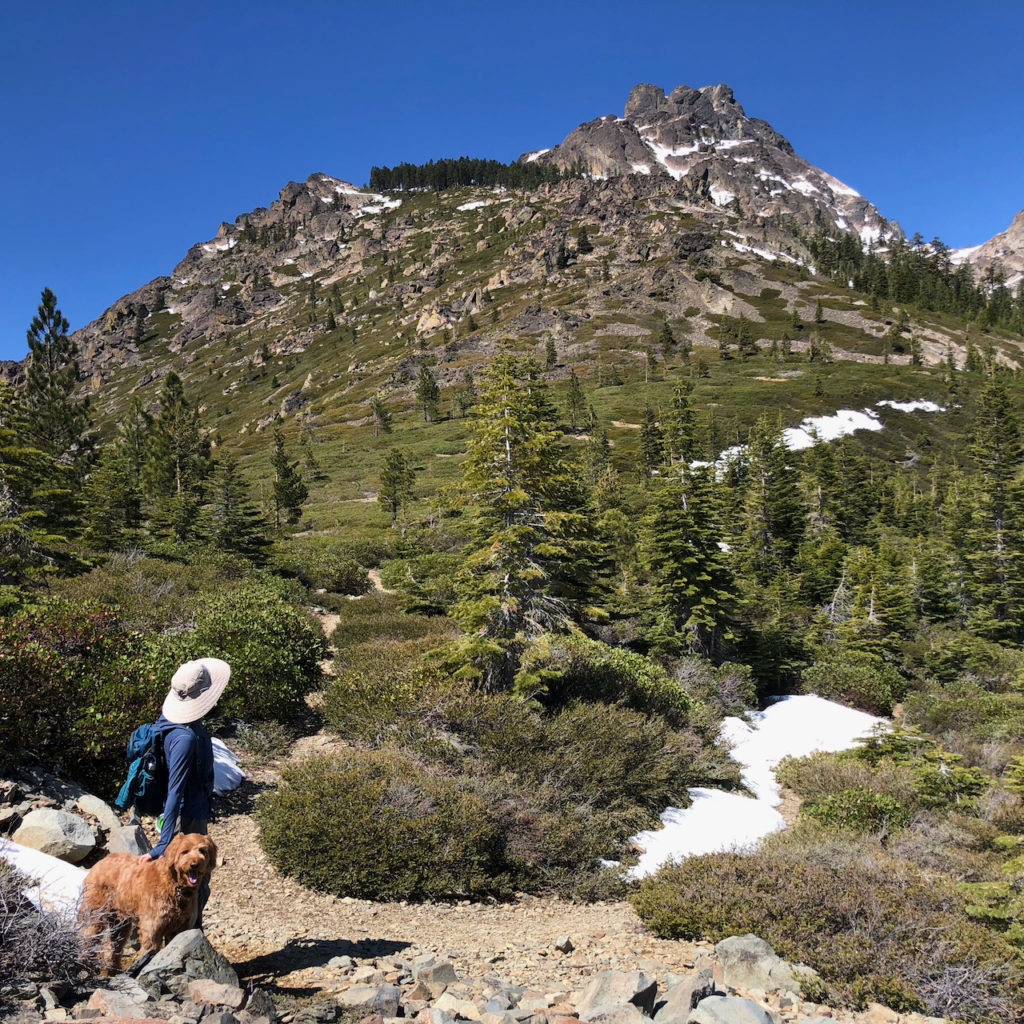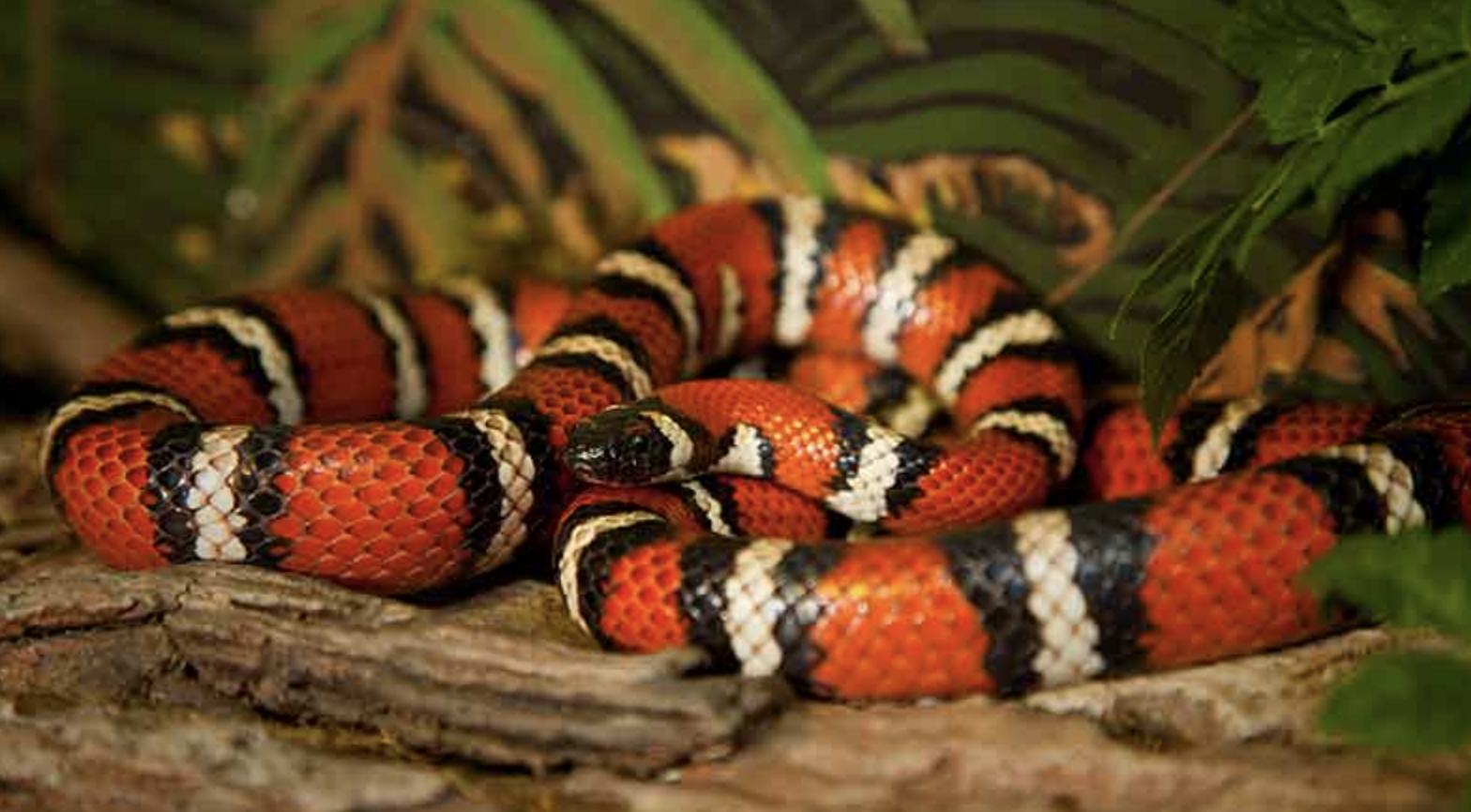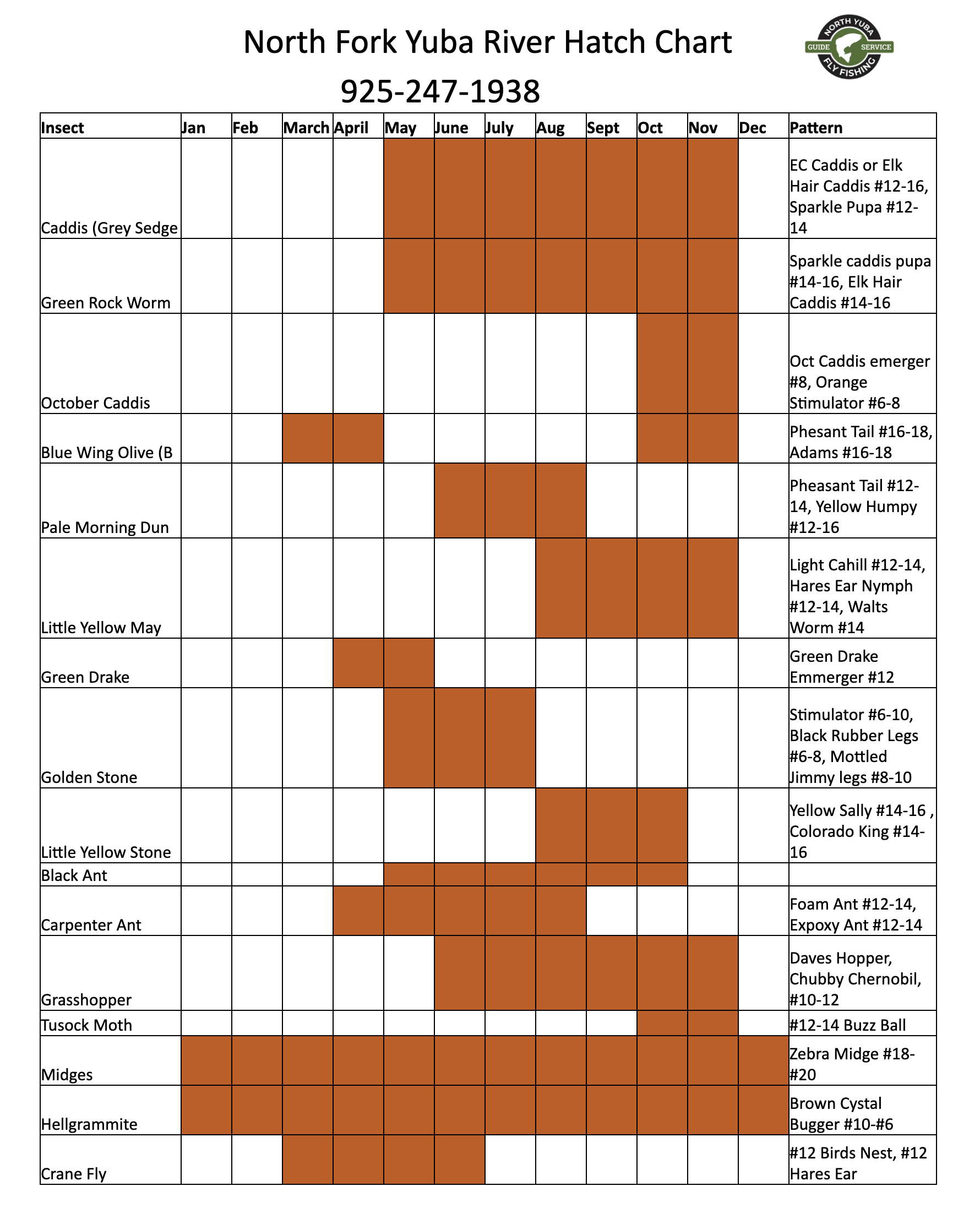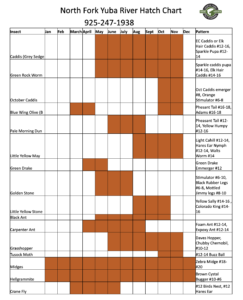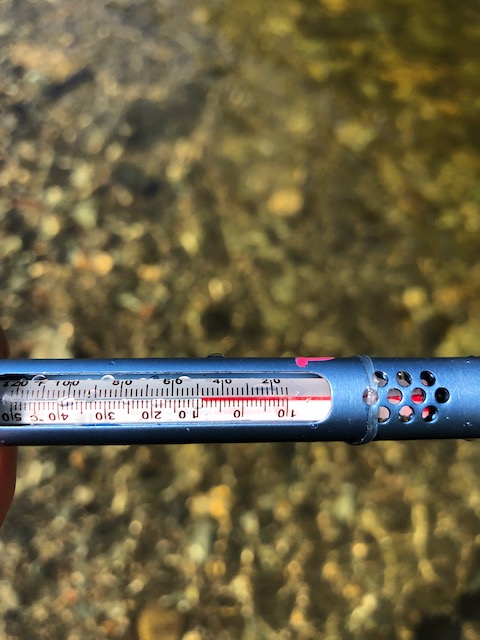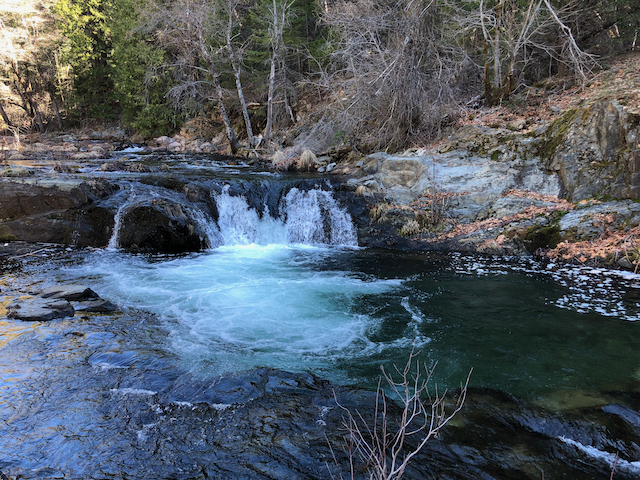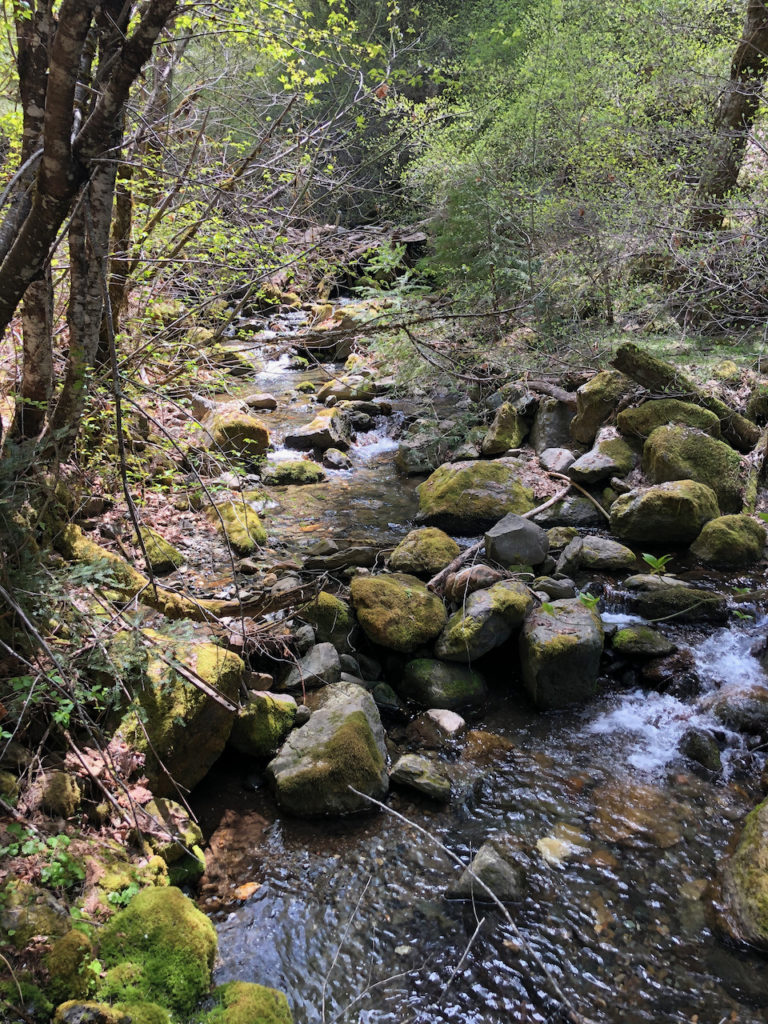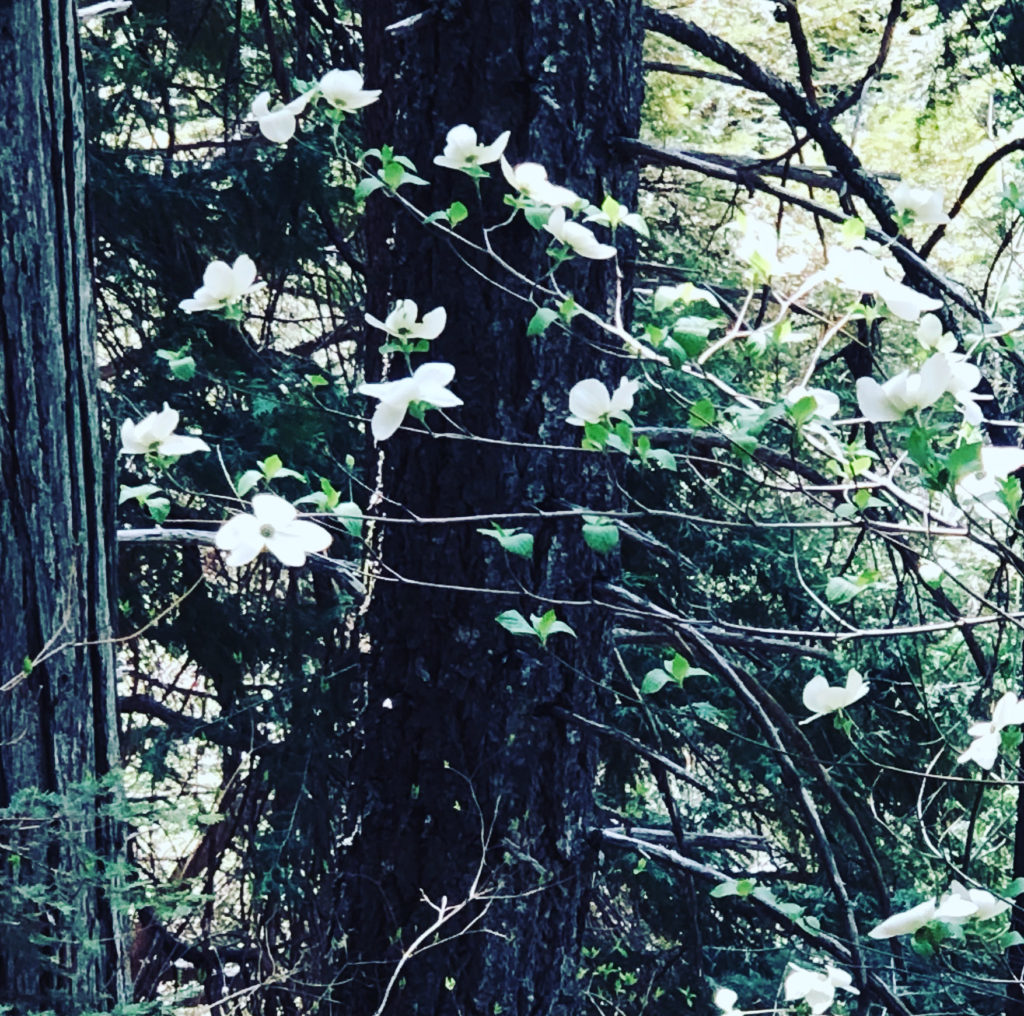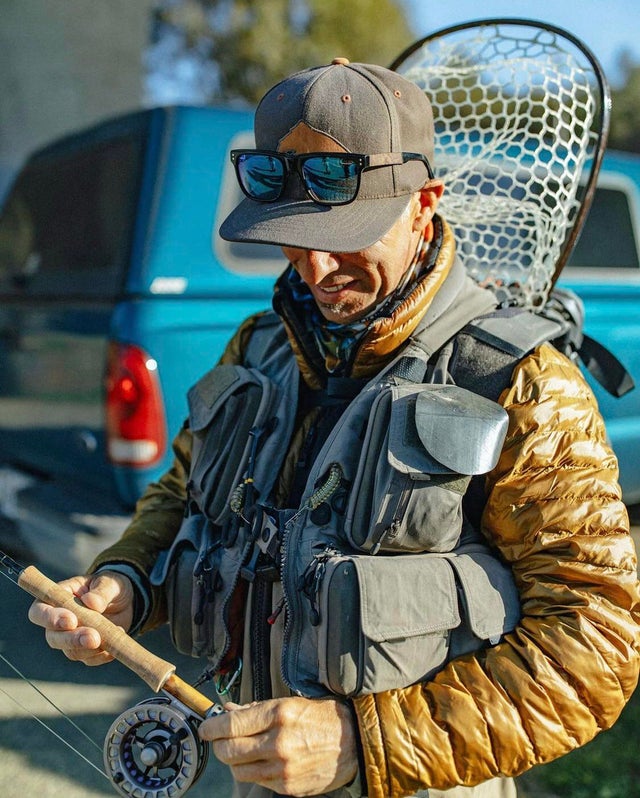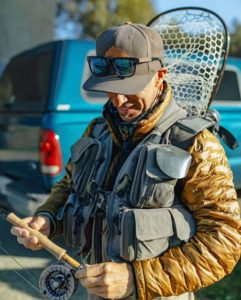Below the dramatic Sierra Buttes, rain, snowmelt, and natural spring come together, and The North Fork Yuba River is born. The upper reaches of this river are strewn with car sized granite boulders and terrain covered with Manazita, Oak, and conifers. Rainbow and Brown trout are eager to feed in the 100s of plunge pools that step their way down the canyon. The North Yuba also attracts anglers from all over the state who make their own journey to ply the waters whether it is by fly or lure. Here is a place than can offer unbound beauty, adventure, solitude, and a chance to hook into a trophy trout!
As you make your up Highway 49 from Nevada City there are numerous major access points along the way upstream after the first bridge crossing near the Canyon Creek trailhead. Other obscure access areas are mere pullouts with steep descents down to the river and only for the most adventurous souls. What sets this river apart from the many grand waters of Northern California is the type of water preferred by fly anglers; pocket water, pools and gin clear water.
The North Yuba is open year all year for fishing but with special regulations. There is a “wild trout” section from Sierra City to Ladies Canyon Creek and only barbless flies and artificial lures may be used with a two fish limit if one decides to keep their catch. Most fly anglers practice “catch and release” fishing so that the populations of wild trout may grow bigger and provide others with the enjoyment of catching the big one. The California Department of Fish and Wildlife’s regulation booklet provides all the information a visiting angler needs to be legal here and should be reviewed before venturing out onto the water.
Winter and spring conditions are rather tough for successful fishing, low water temperatures and high water makes it difficult for even expert anglers. The most productive fishing takes place after spring runoff has ended which normally takes place sometime in May. As summer engulfs the North Yuba so do the aquatic insects that the wild trout eagerly dine on. Hatches of mayflies, caddis, and stoneflies fill the air and offer exciting “dry fly” fishing, presenting flies that float on the surface of the water enticing a trout to rise to the occasion and devour the artificial offering. Great fishing continues through even the hottest dog days of summer as the upper river still provides cold water. Fall is a special time on the North Yuba, leaves glow showing their spectacular colors and the trout feed more aggressively knowing they have to fatten up for the long cold winter months ahead of them. There is also a special aquatic insect that hatches this time of year and even has a cult following amongst fly anglers. The October Caddis is a large specimen with a burnt orange color that brings up some of the largest trout for a floating prime rib dinner drifting down the currents.
There are no special tackle requirements to fish the North Yuba, a 3-5 weight rod matched with a floating line and leaders to 4-6x will perform nicely. A dry/dropper will land you the highest fish count. Save the dry only for the late afternoons. Sierra Hardware in Downieville is the only place in the area you can find terminal tackle and a large assortment of the “go to” flies that work best on the river. The store owner has been helping fly fishermen for the last 40 years- she knows what works.
The North Fork Yuba is a fascinating river with a surprise around every corner. This fishing has a shorter season than some of the famous tailwaters. This is an excellent place for a beginner- the fly choice is not critical and the casts tend to be short. Just don’t let them see you coming. There are some larger fish that can be taken by the more seasoned angler.
Most of the fish are small and are not suited for the pan -put em back.

